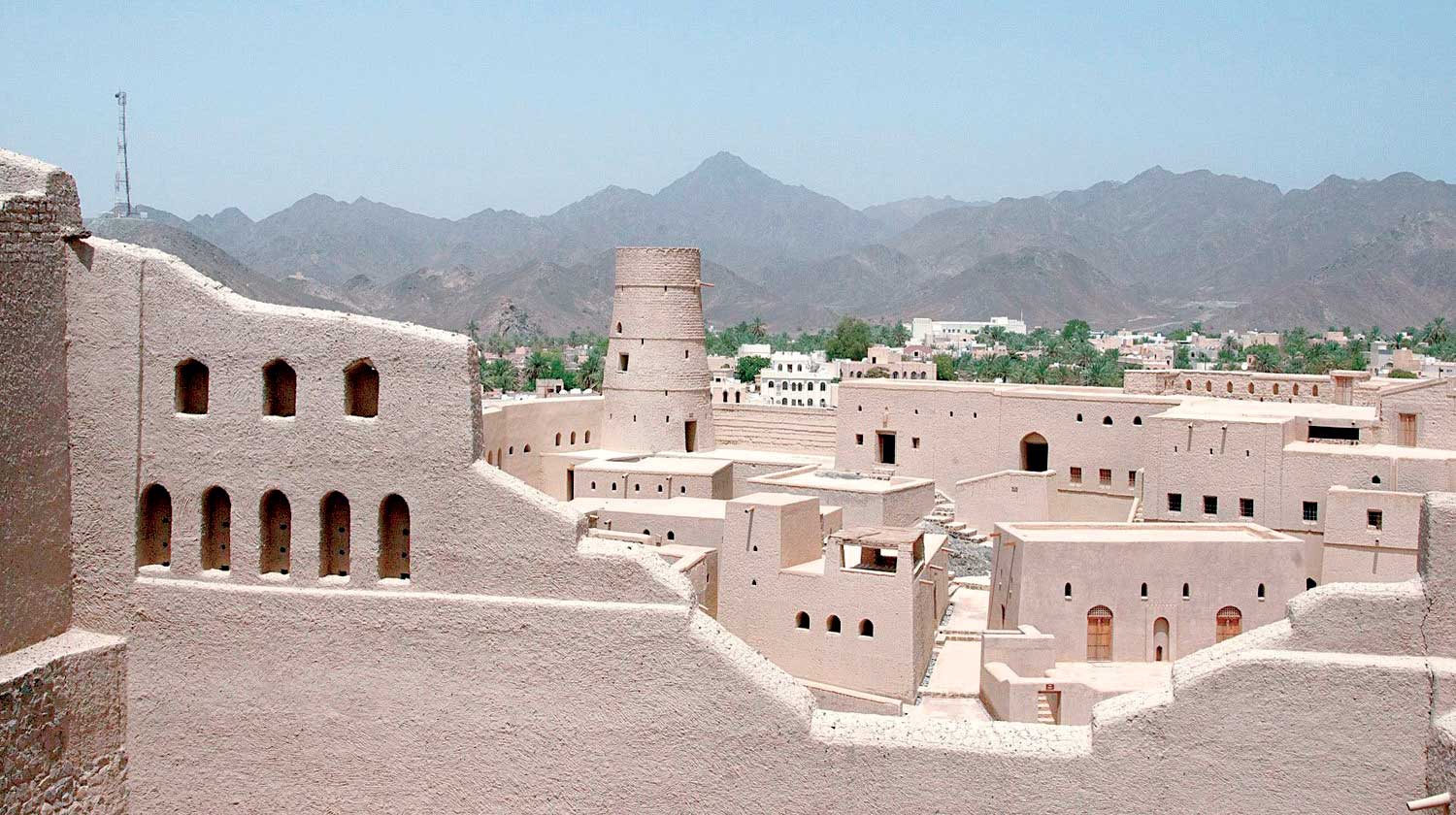

Muscat, April 20 - Oman should be aggressively promoting its rich heritage for some very specific reasons. According to the National Centre for Statistics and Information (NCSI), the total number of archaeological and heritage places in the Sultanate as of 2018 is 9,403, of which 14 are registered in the United Nations Educational, Scientific and Cultural Organization (Unesco). The number of archaeological sites stands at 6,059, followed by 519 castles and fortresses, 1,272 archaeological towers, 53 archaeological walls, 347 historical mosques, 1,029 ancient Omani lanes and 124 heritage houses.
According to sources in the government, including the Ministry of Tourism, heritage is a significant factor for most of international tourists visiting the Sultanate appreciate the uniqueness of its cultural wealth. CNN Travel had listed Oman among the 19 places to visit in 2019 for its golden dunes under panoramic skies, mountain ranges and waters teeming with dolphins and turtles. Similarly, National Geographic too listed Oman among destinations to visit in 2019 for its mountains, sand dunes and beaches, among others.
Ahmed al Issa, a tour operator, said, “Heritage sites always attract a special category of visitors. What is important is that we should develop special amenities to let tourists spend time and also money, which will boost local business.”
NCSI added that there are 75 employees (including 18 women) working towards preservation and conservation of these sites across the country.
The 14 Omani sites in the records of Unesco include the Bat, Al Khutm, Al Ayn, the four sites of the Land of Frankincense, Bahla Fort, Ancient City of Qalhat and five Falajs as part of the Irrigation Systems of Oman.
In recent years, the government has initiated efforts to improve the overall visitors’ experience at these sites by involving the private sector.
Harat al Bilad in Dakhiliyah was identified for the pilot project as it was strategically located near popular tourist attractions such as Nizwa, Al Jabal Al Akhdhar, Jabal Shams, Al Hamra and Bahla.
Subsequently, the management of Harat Al Bilad heritage site was given to an Omani firm, Reconstruction of Traditional Architecture.
It may be noted that Al Hoota Cave and Nizwa Fort are also handed over by local private companies as part of the government initiatives.
Vinod Nair
Oman Observer is now on the WhatsApp channel. Click here



